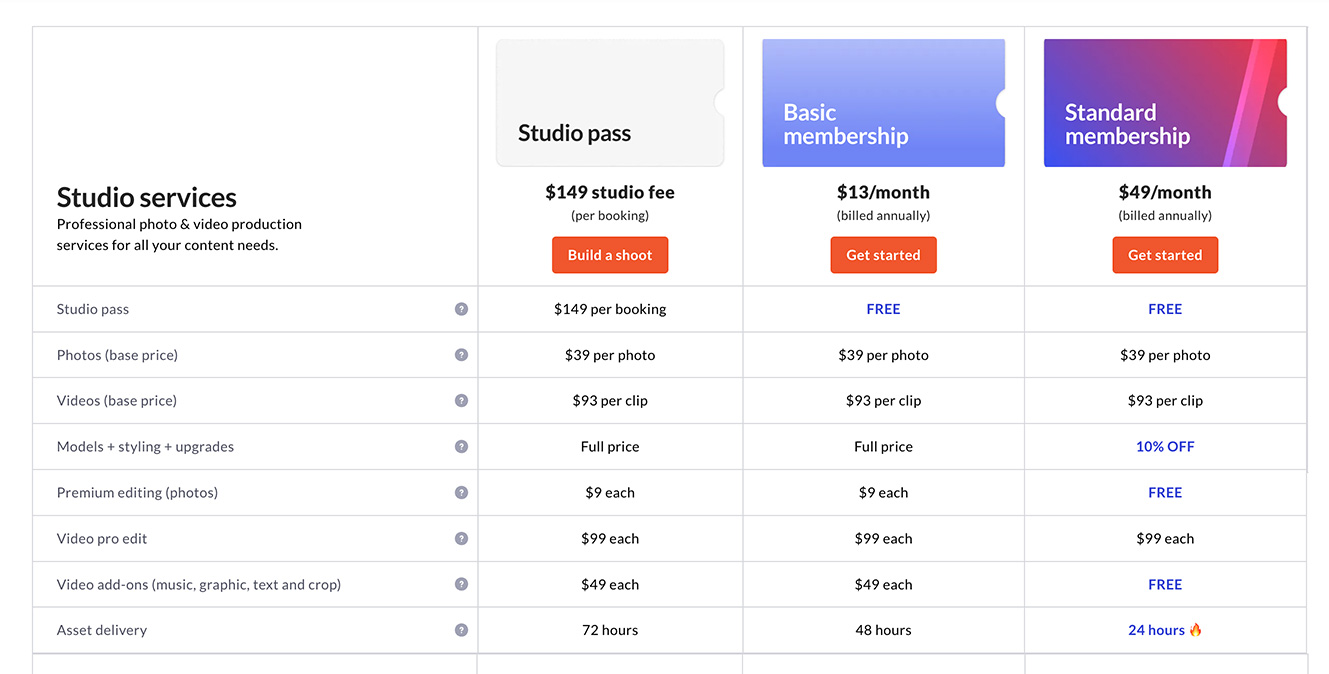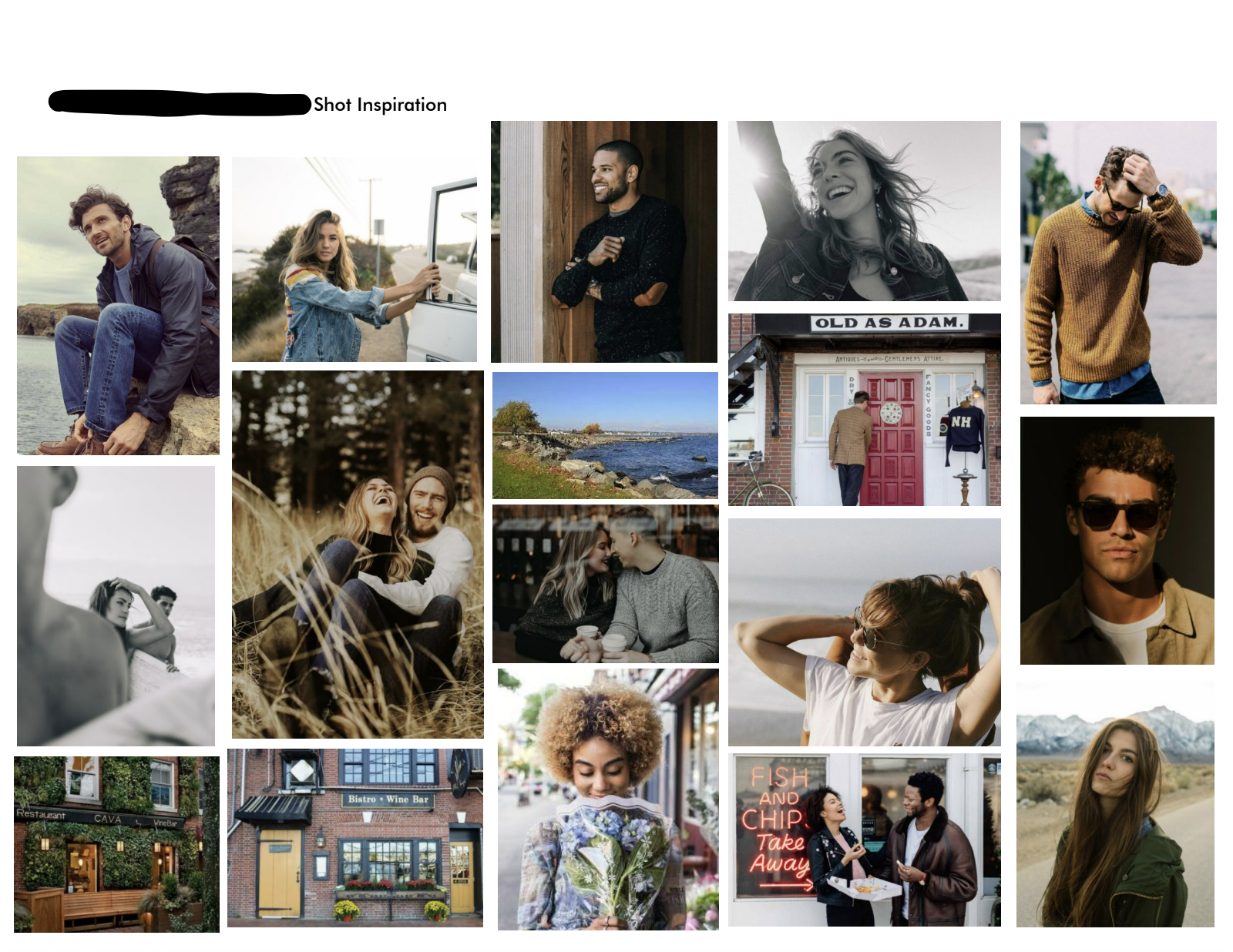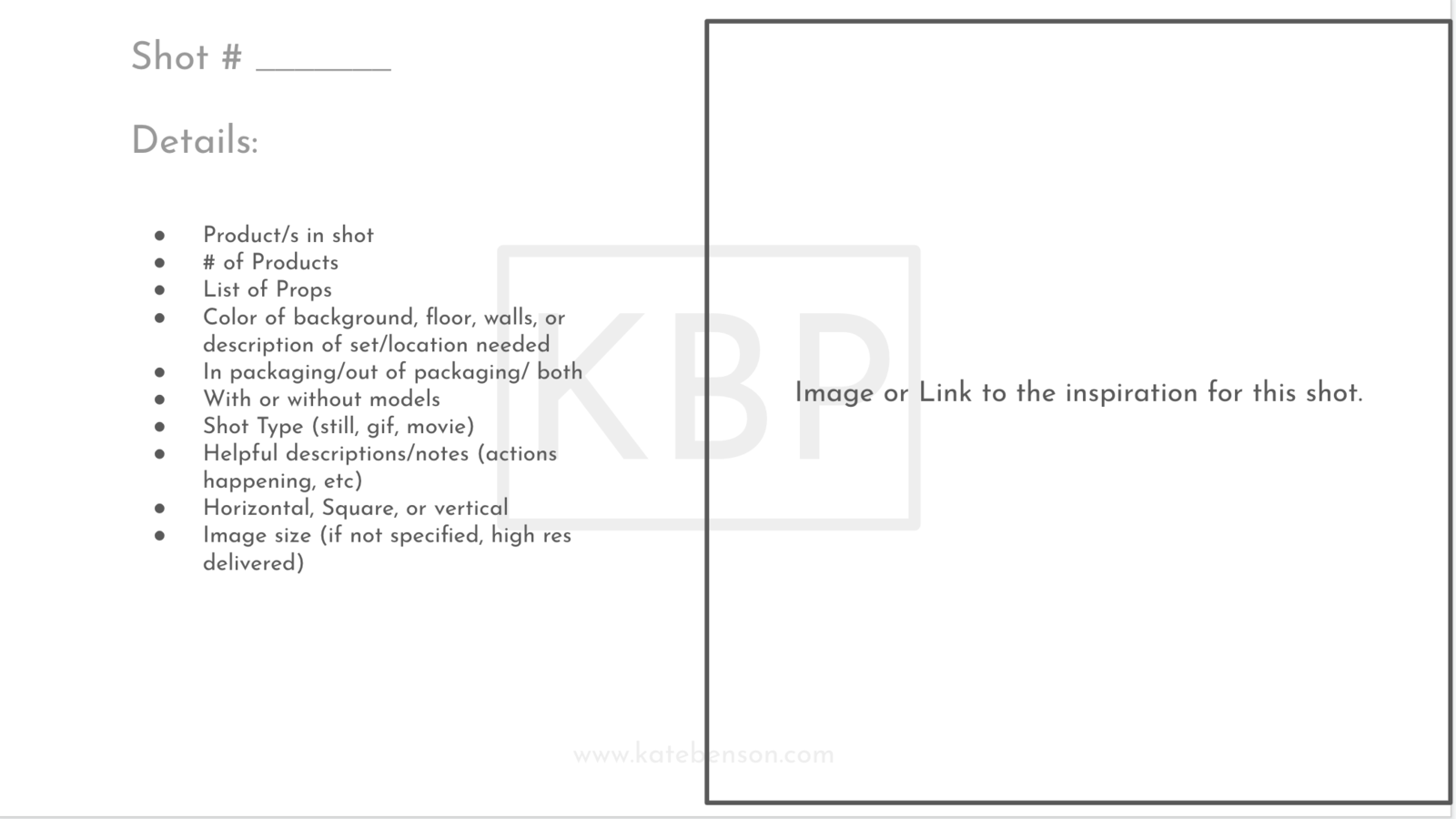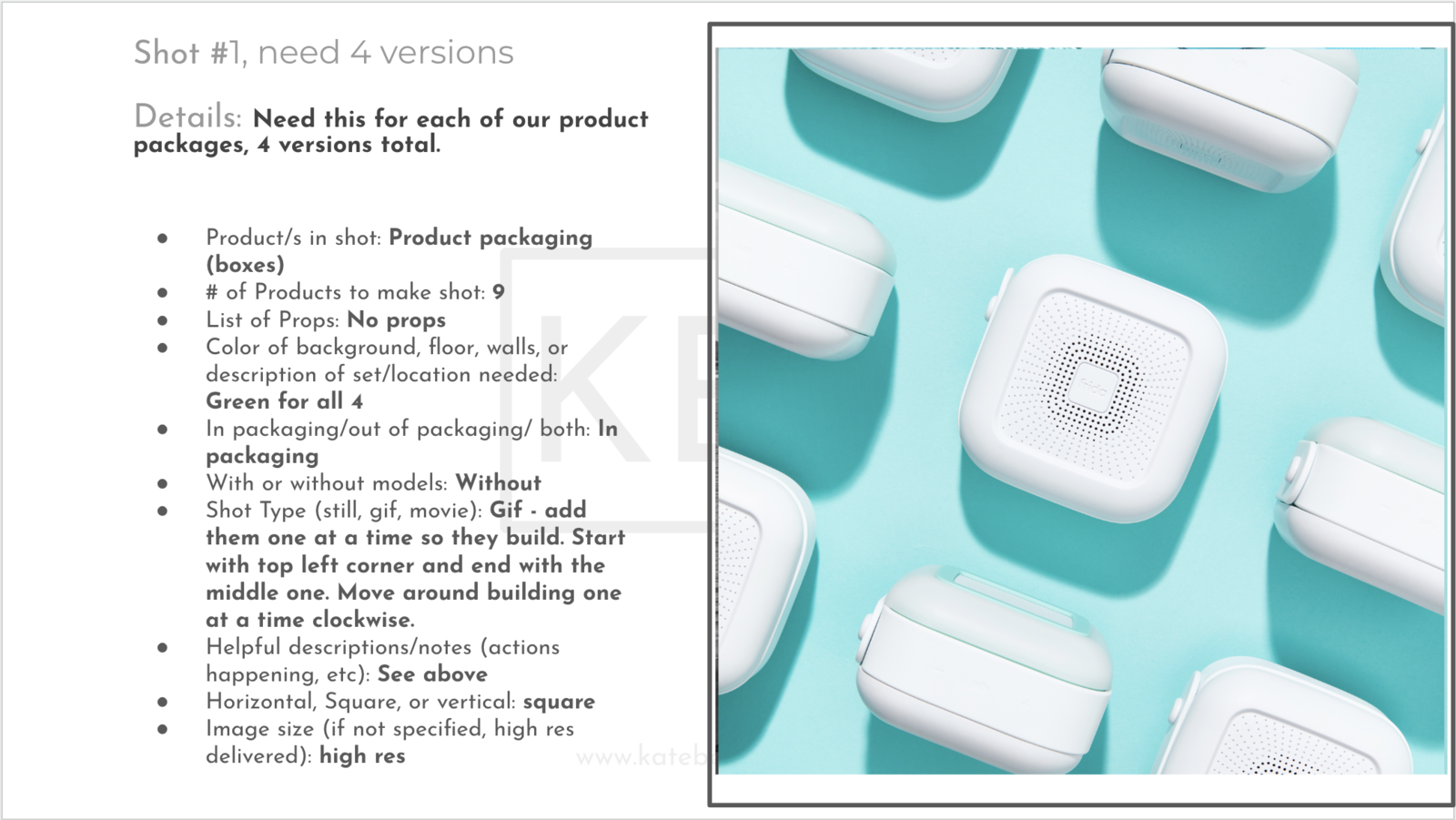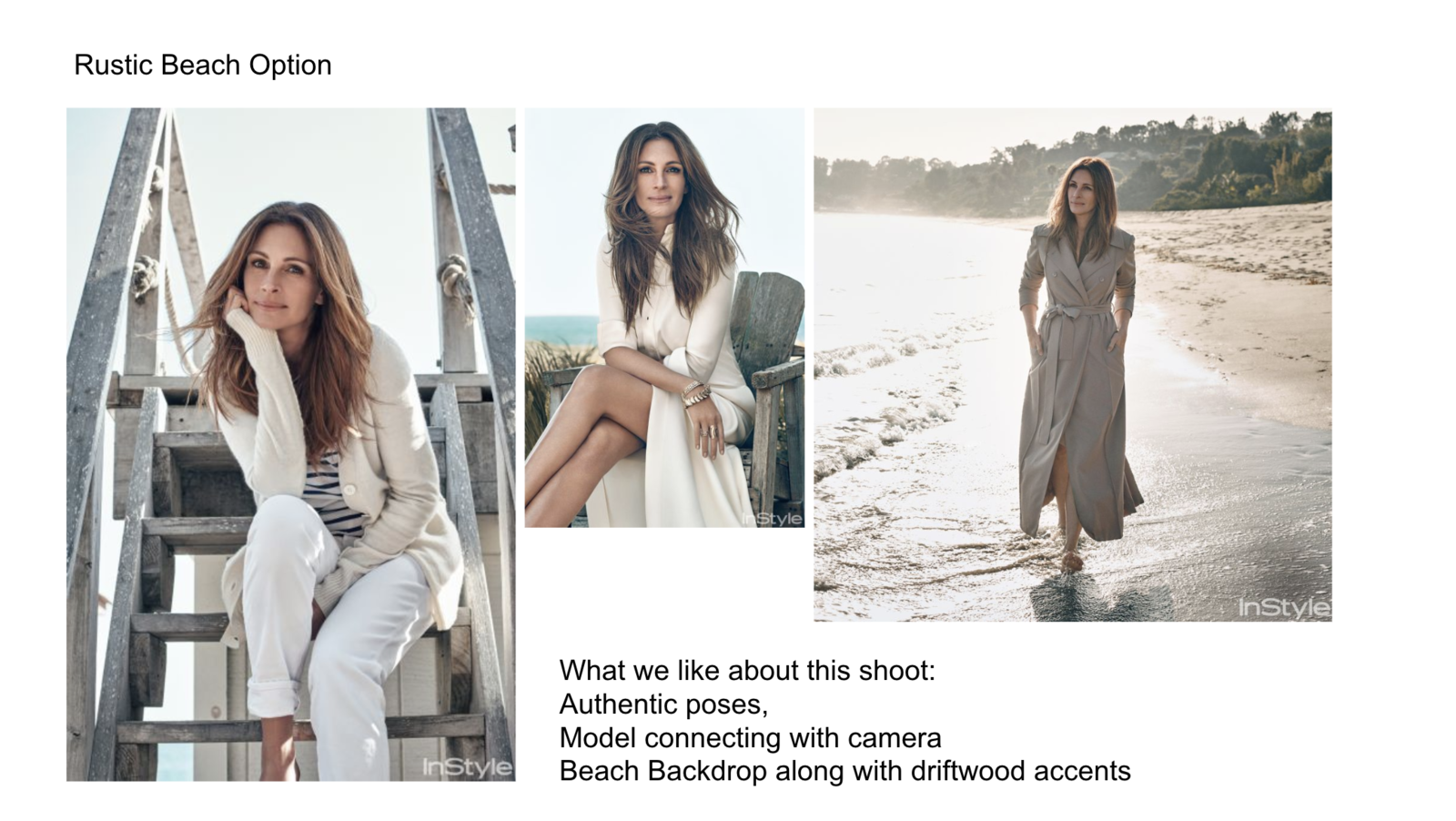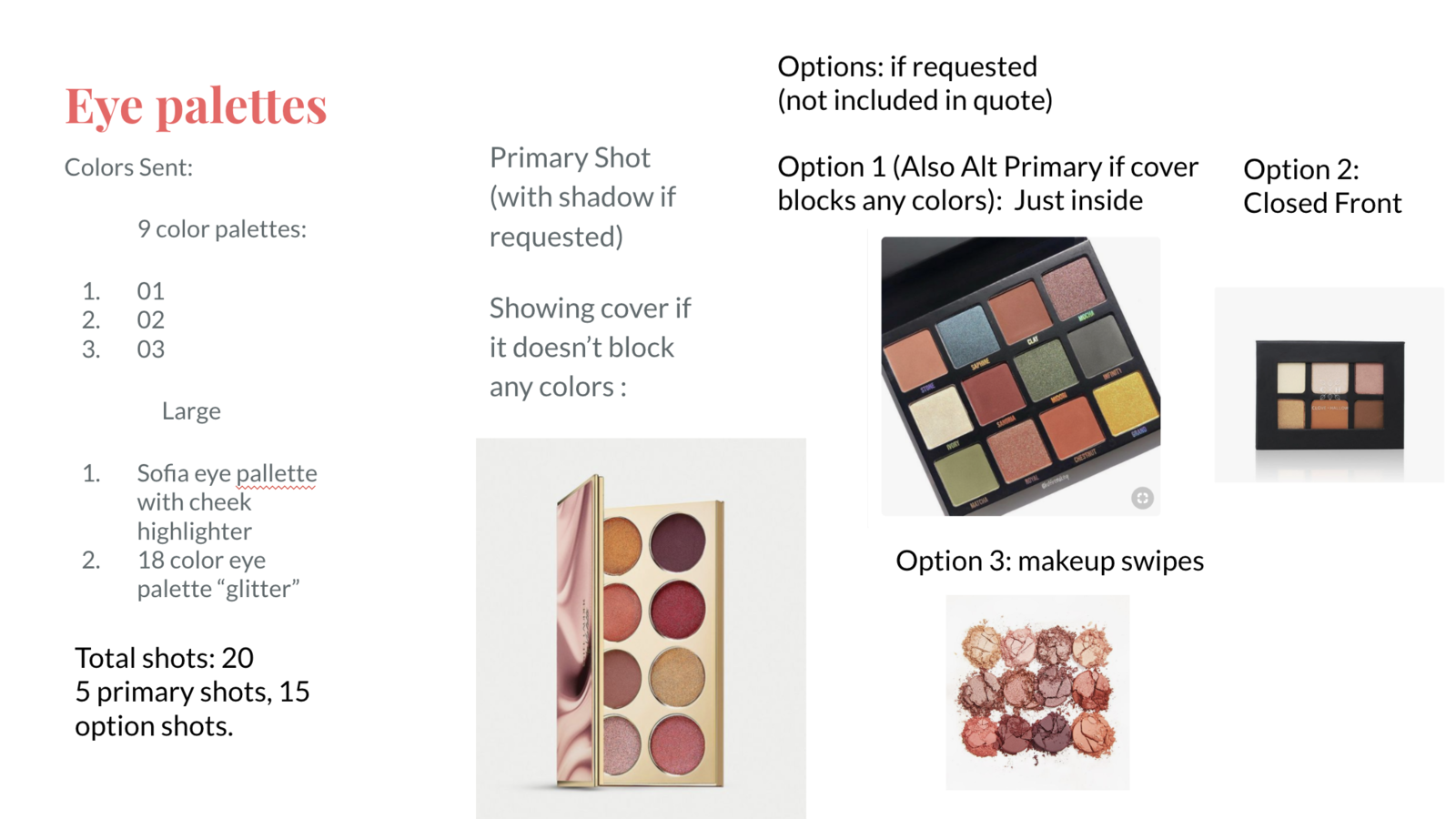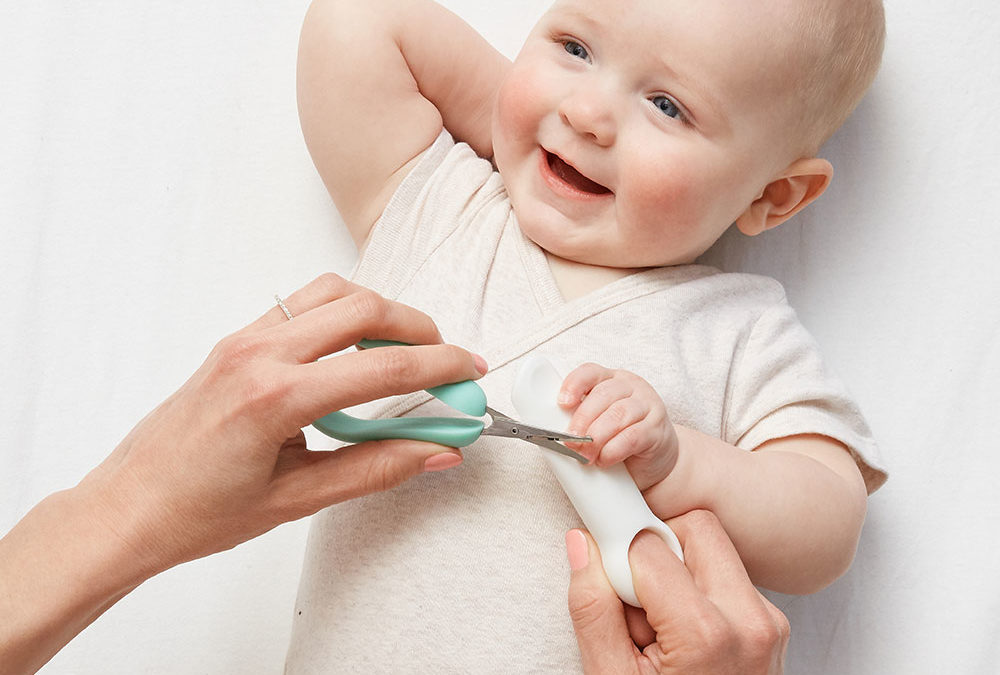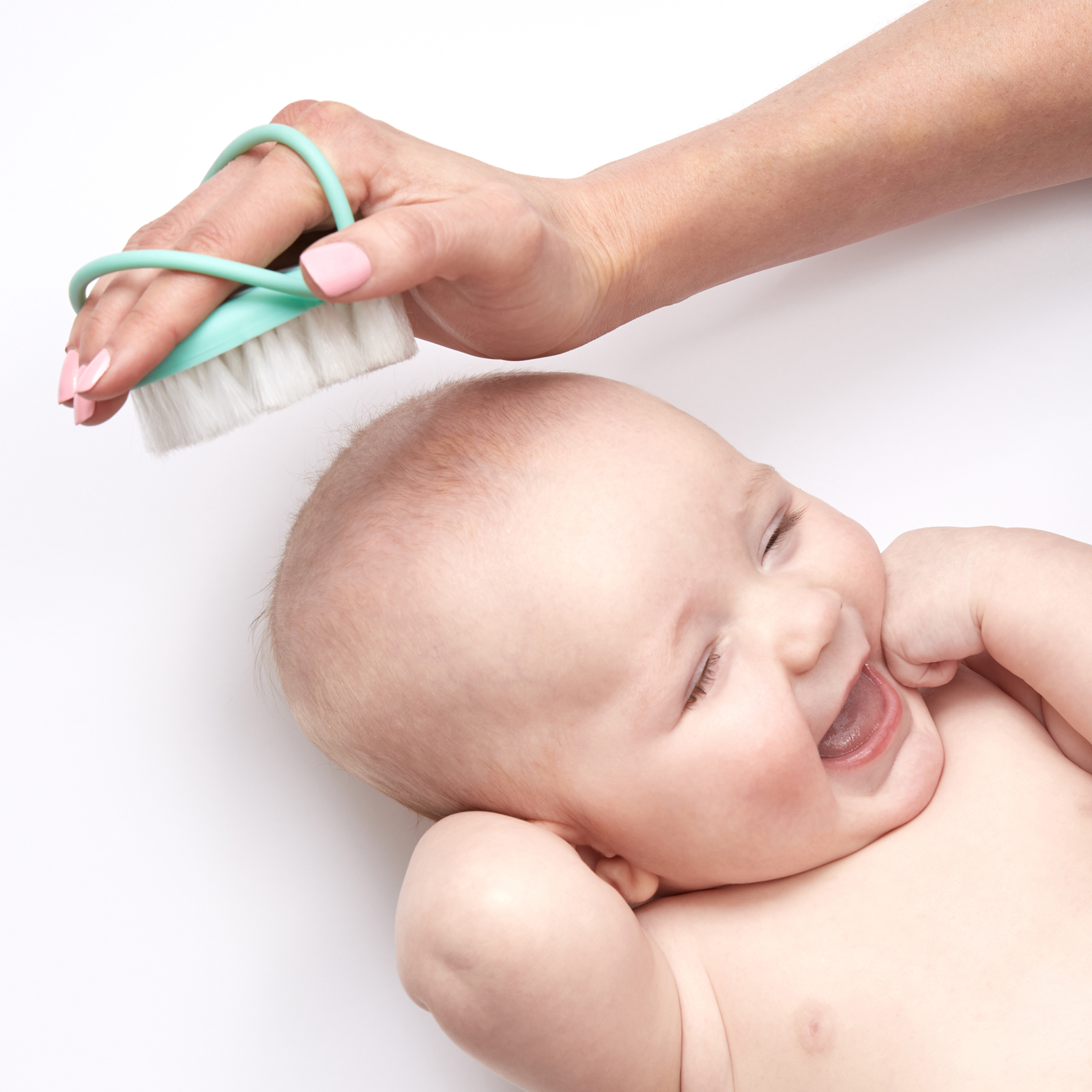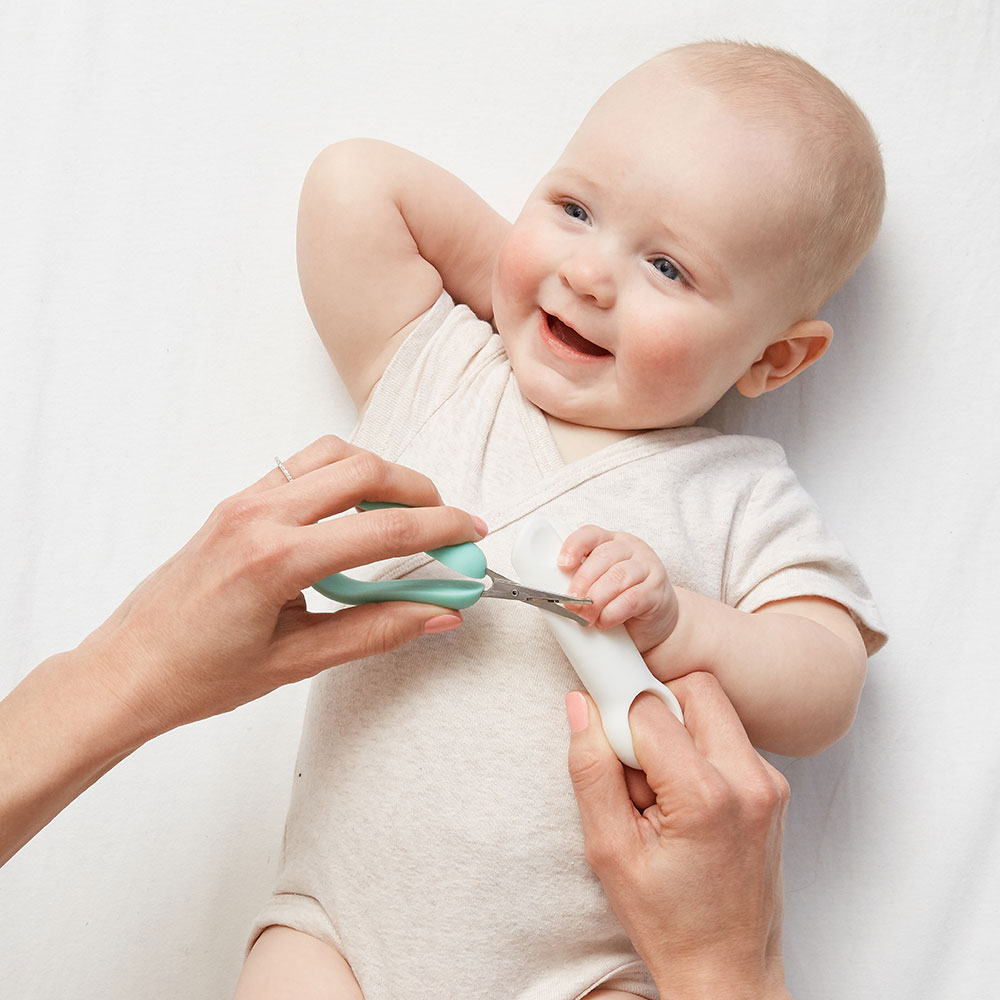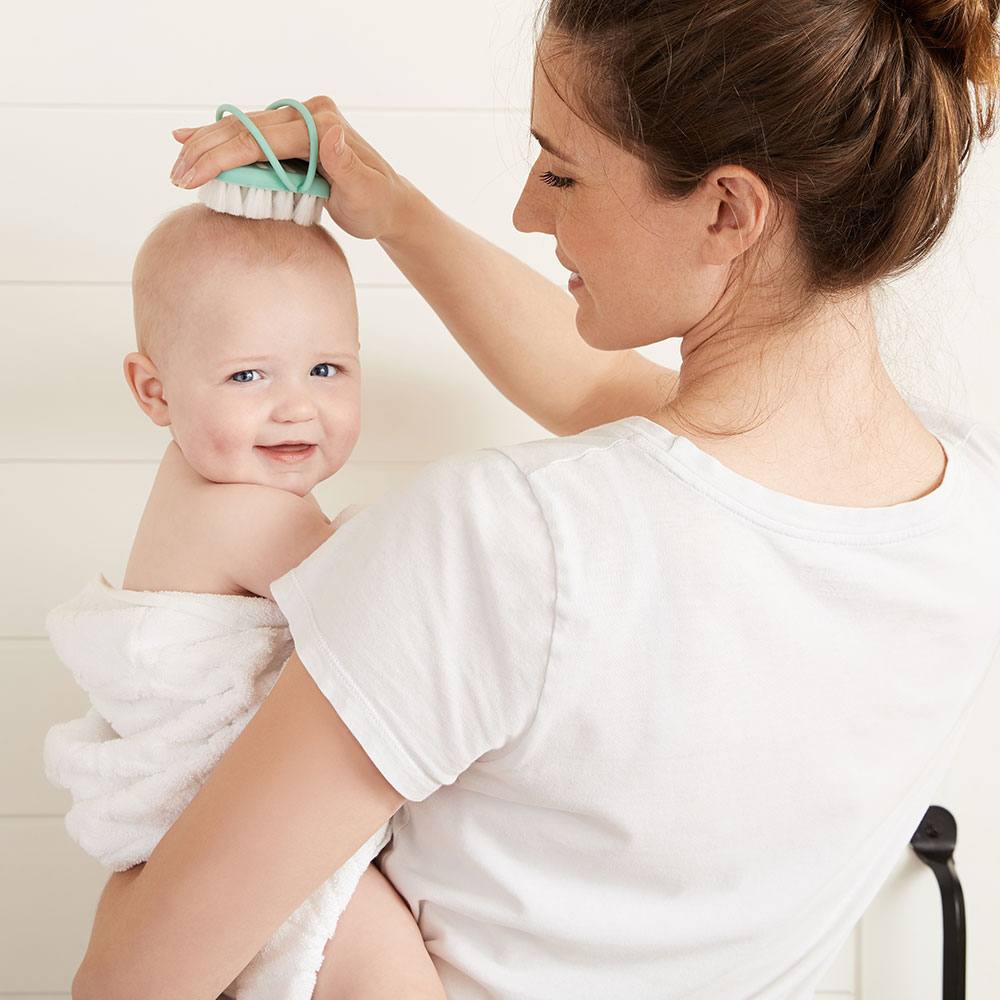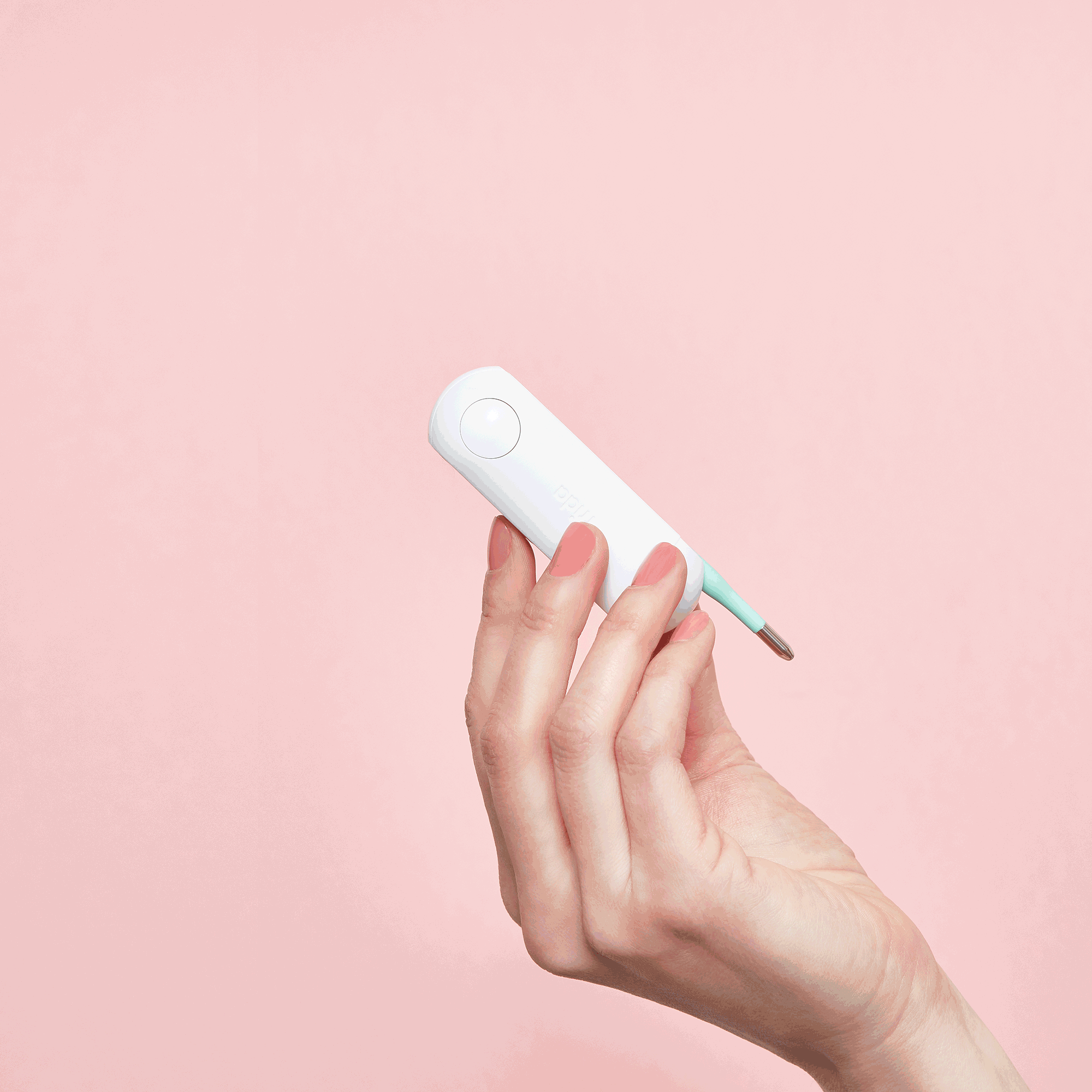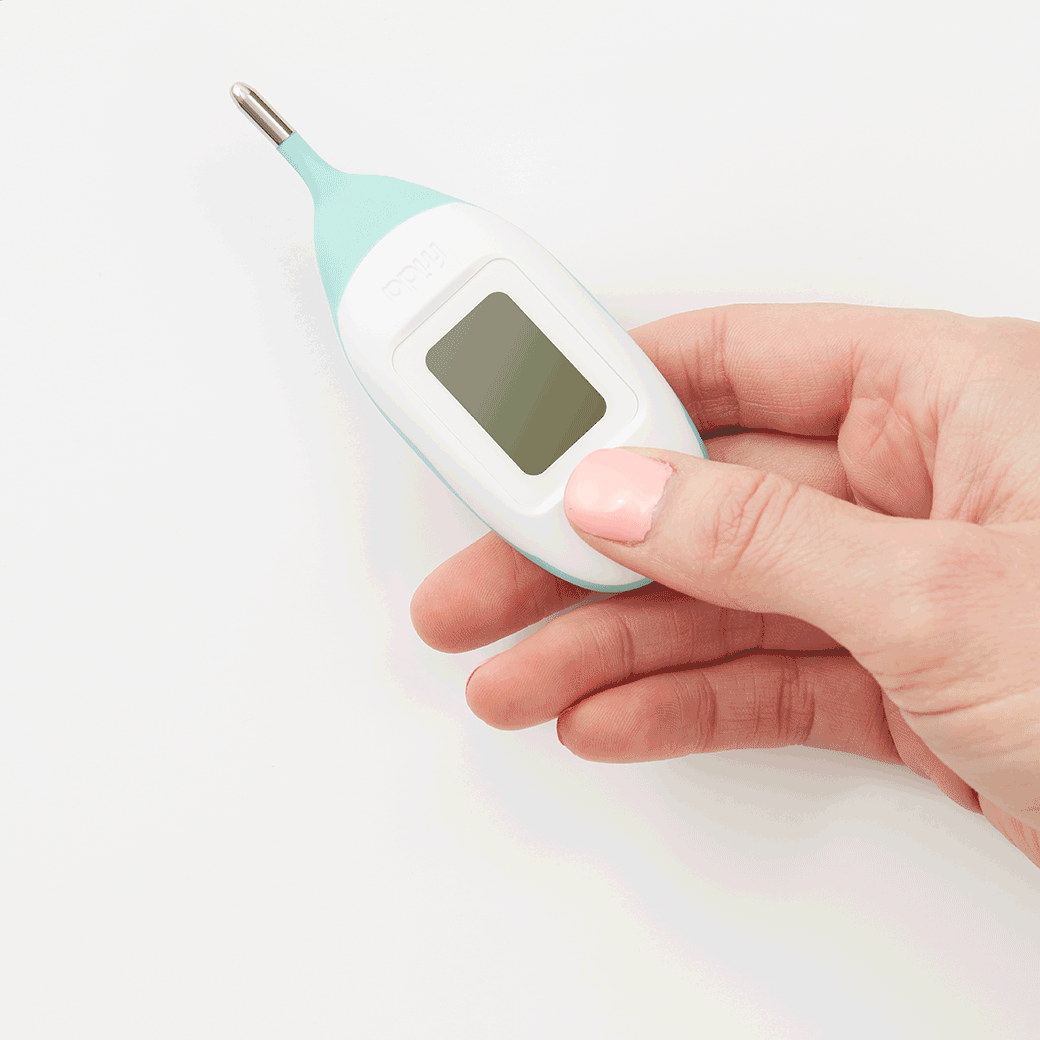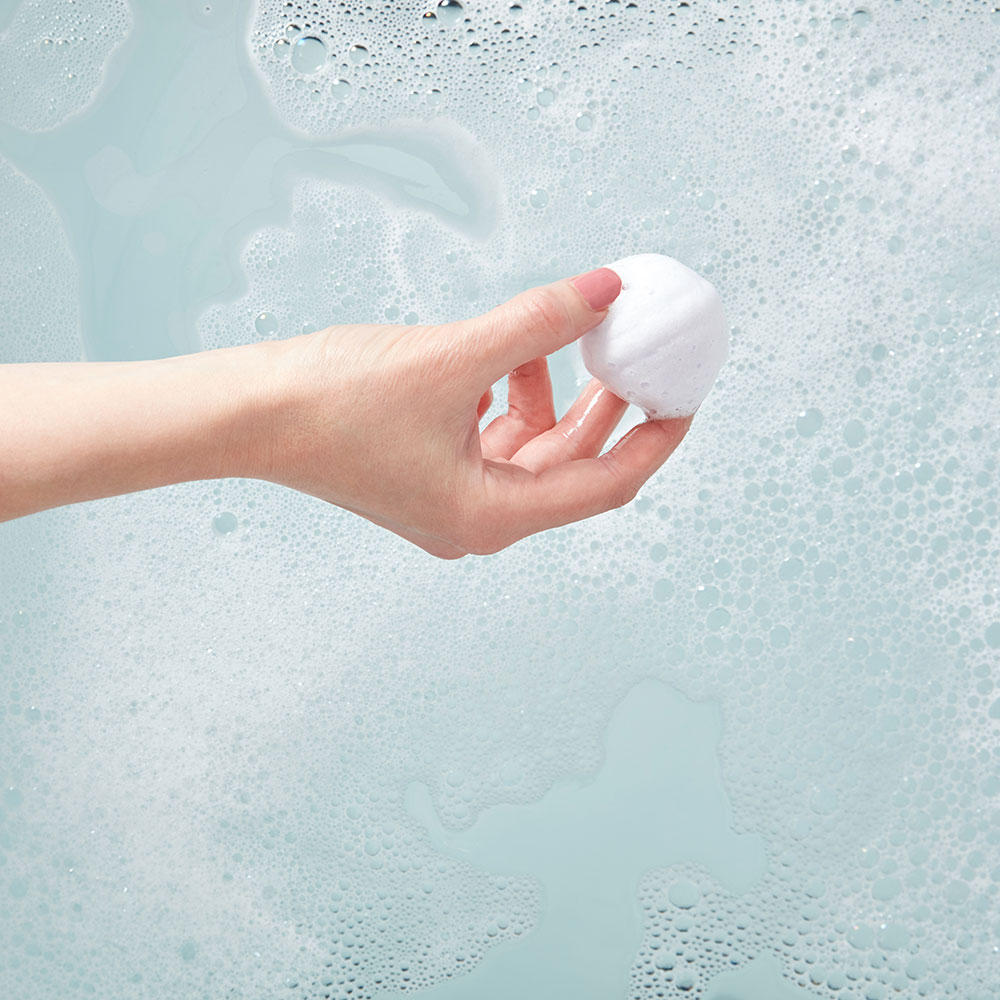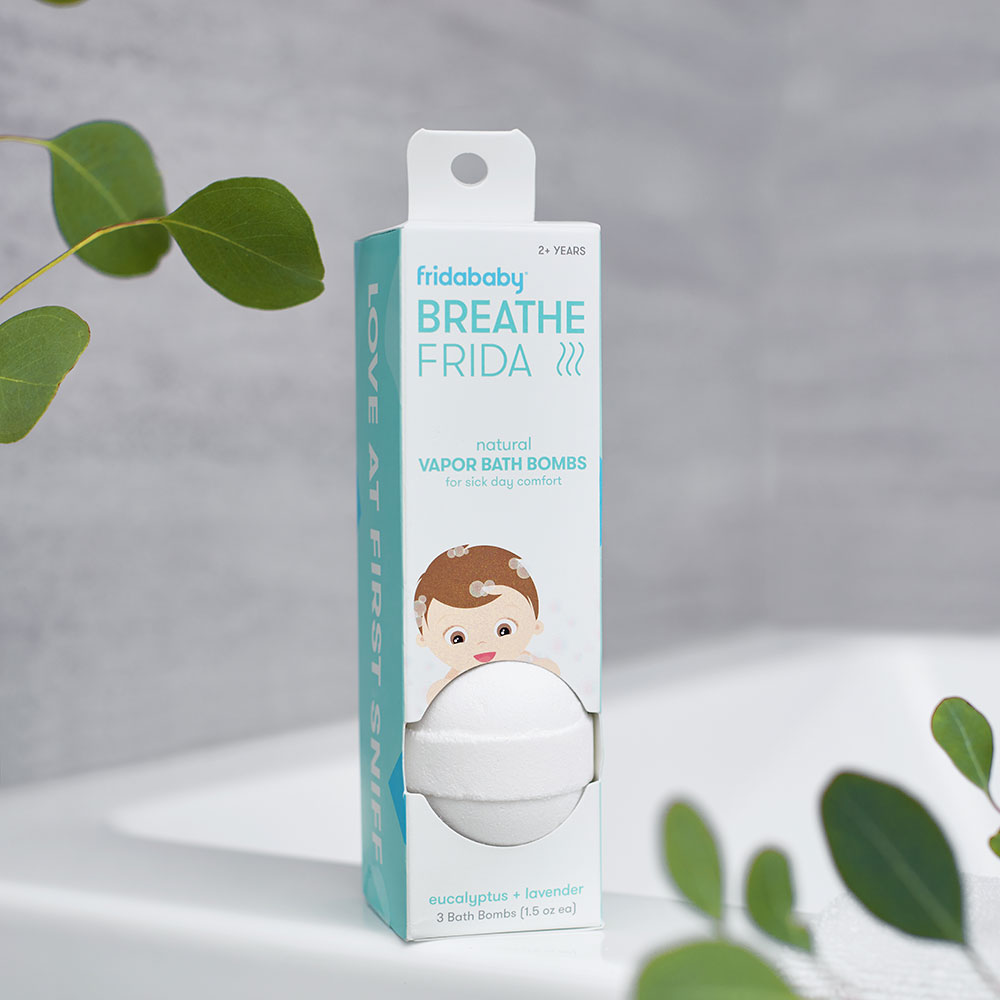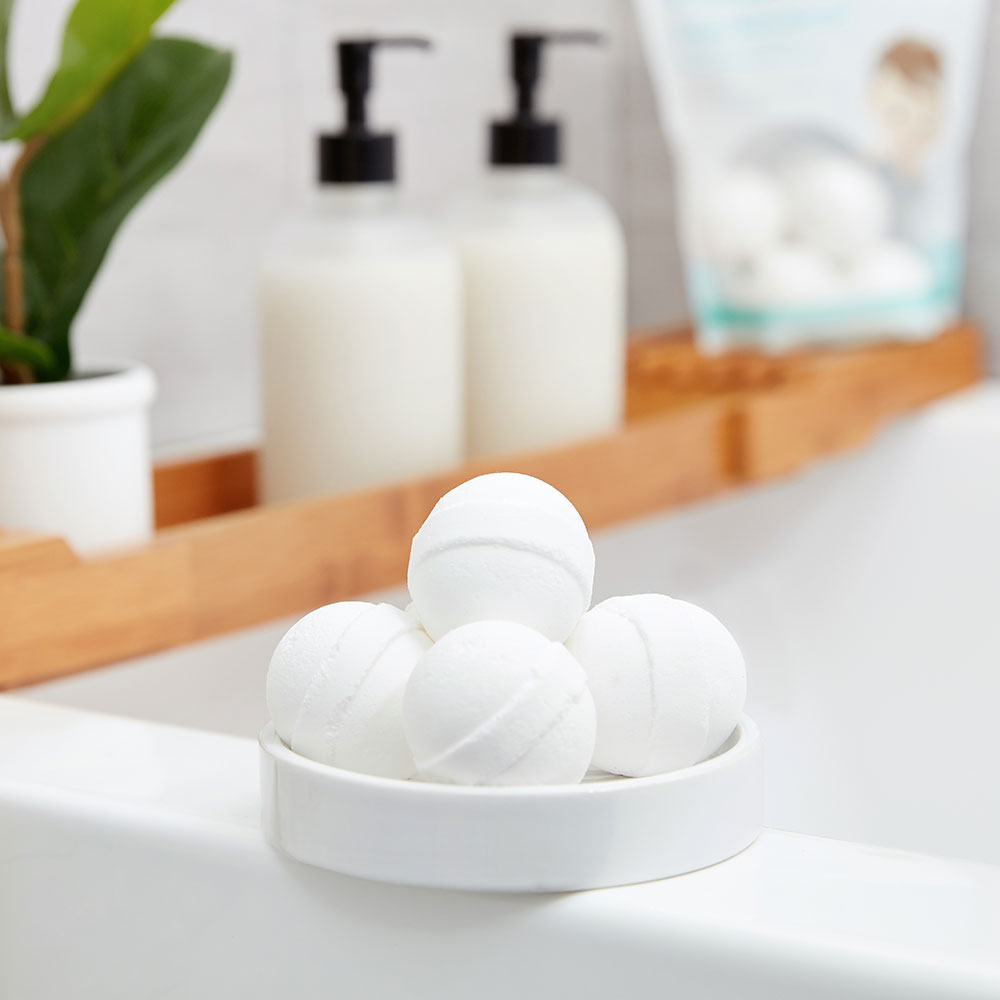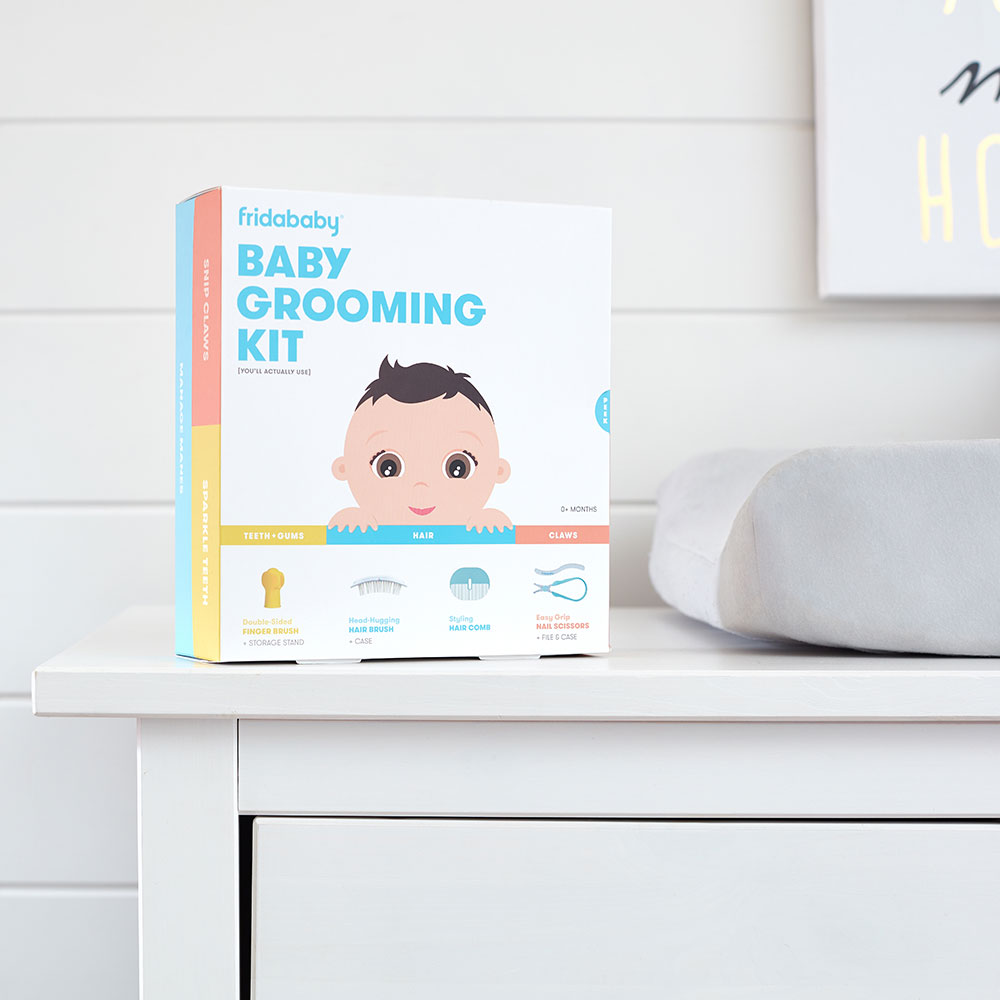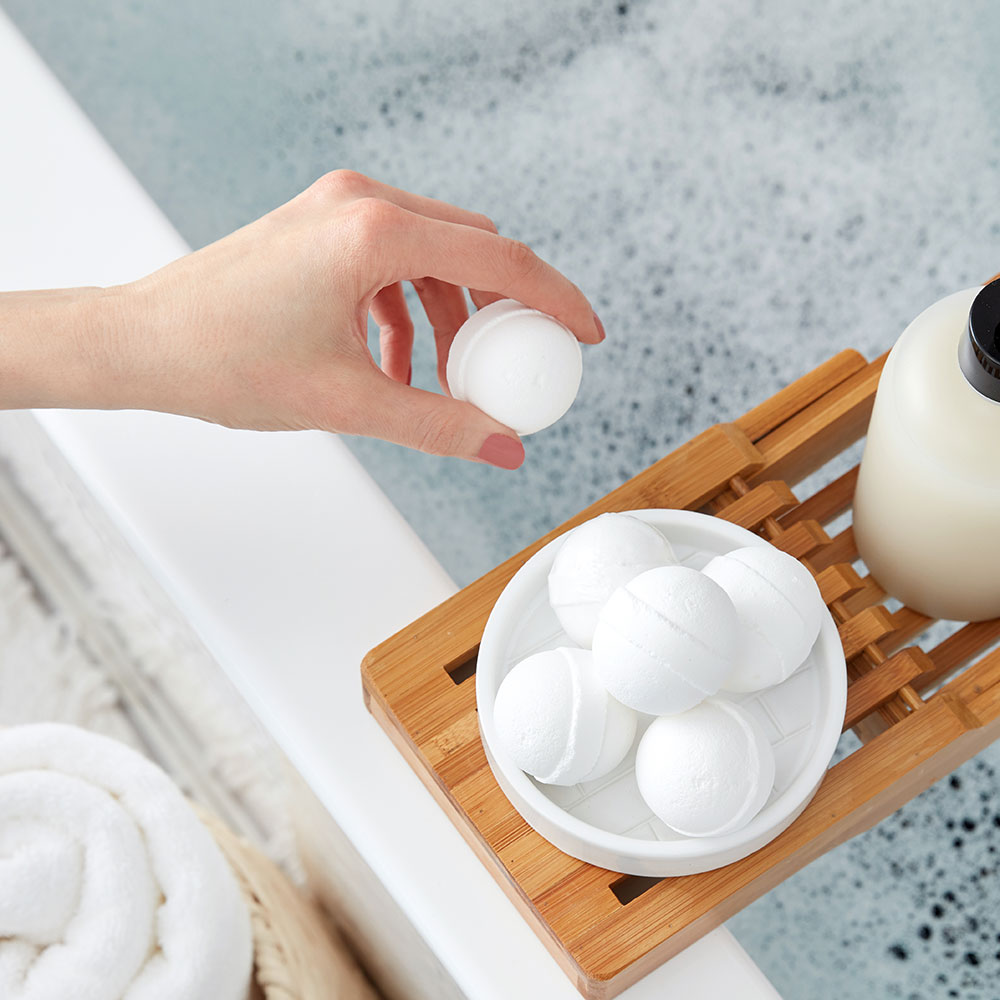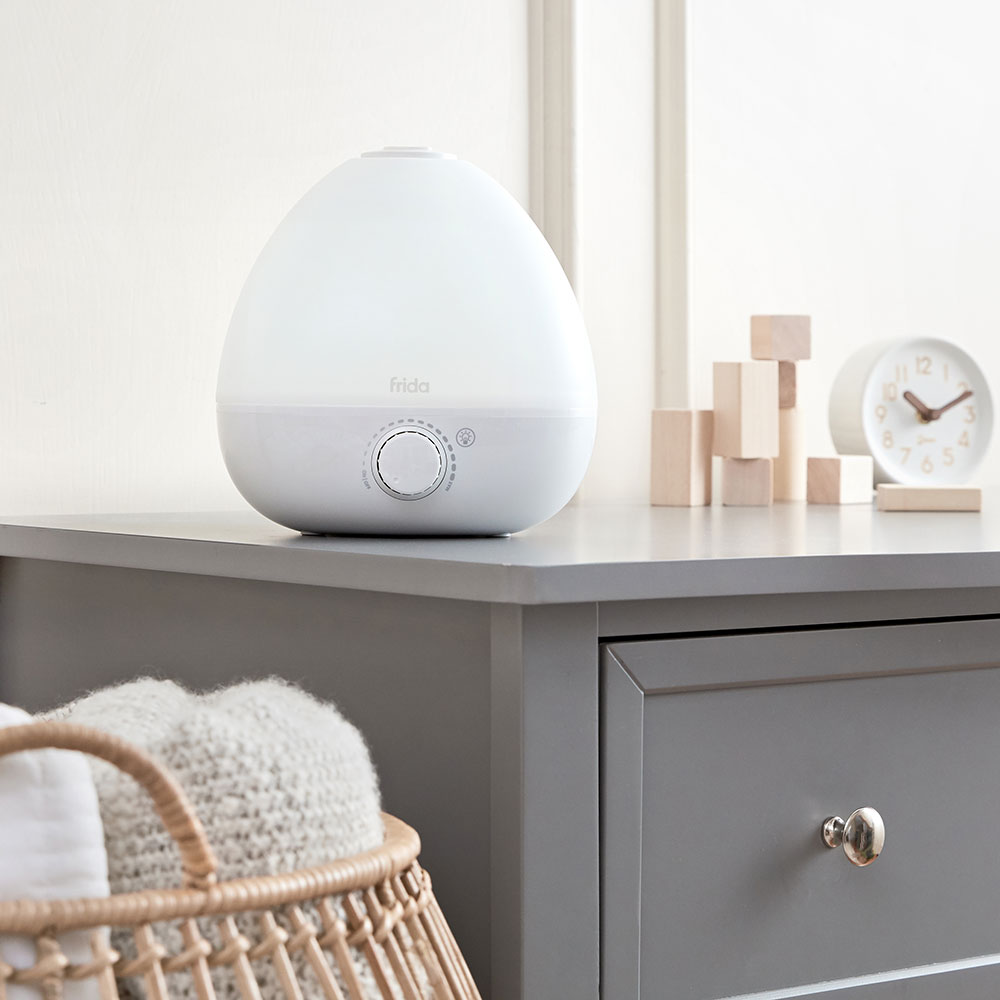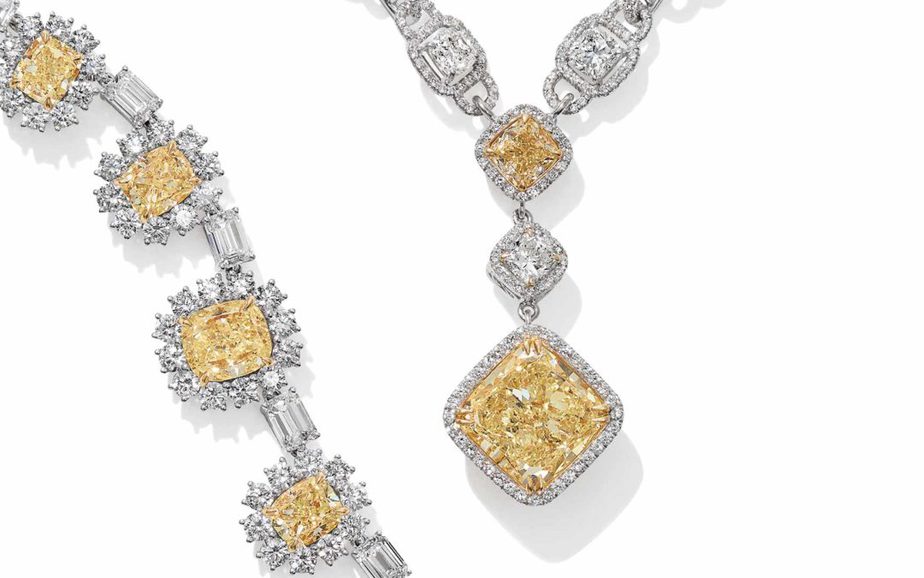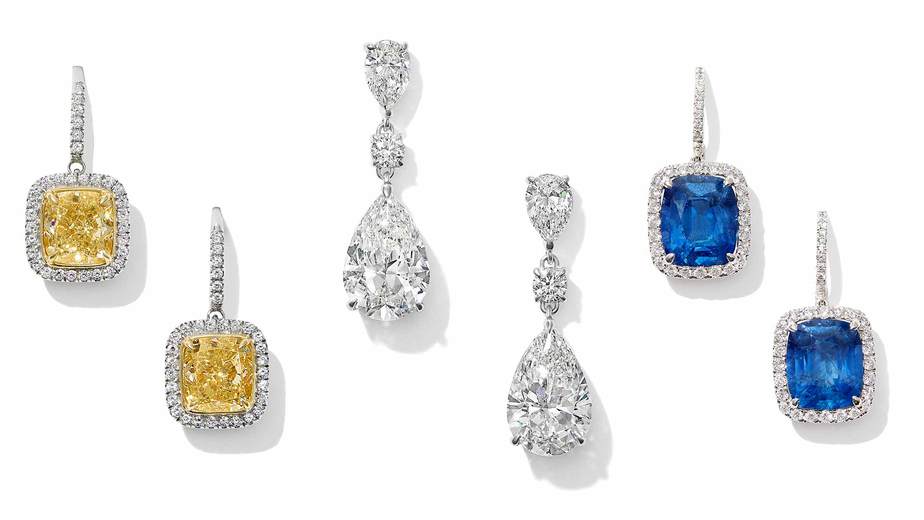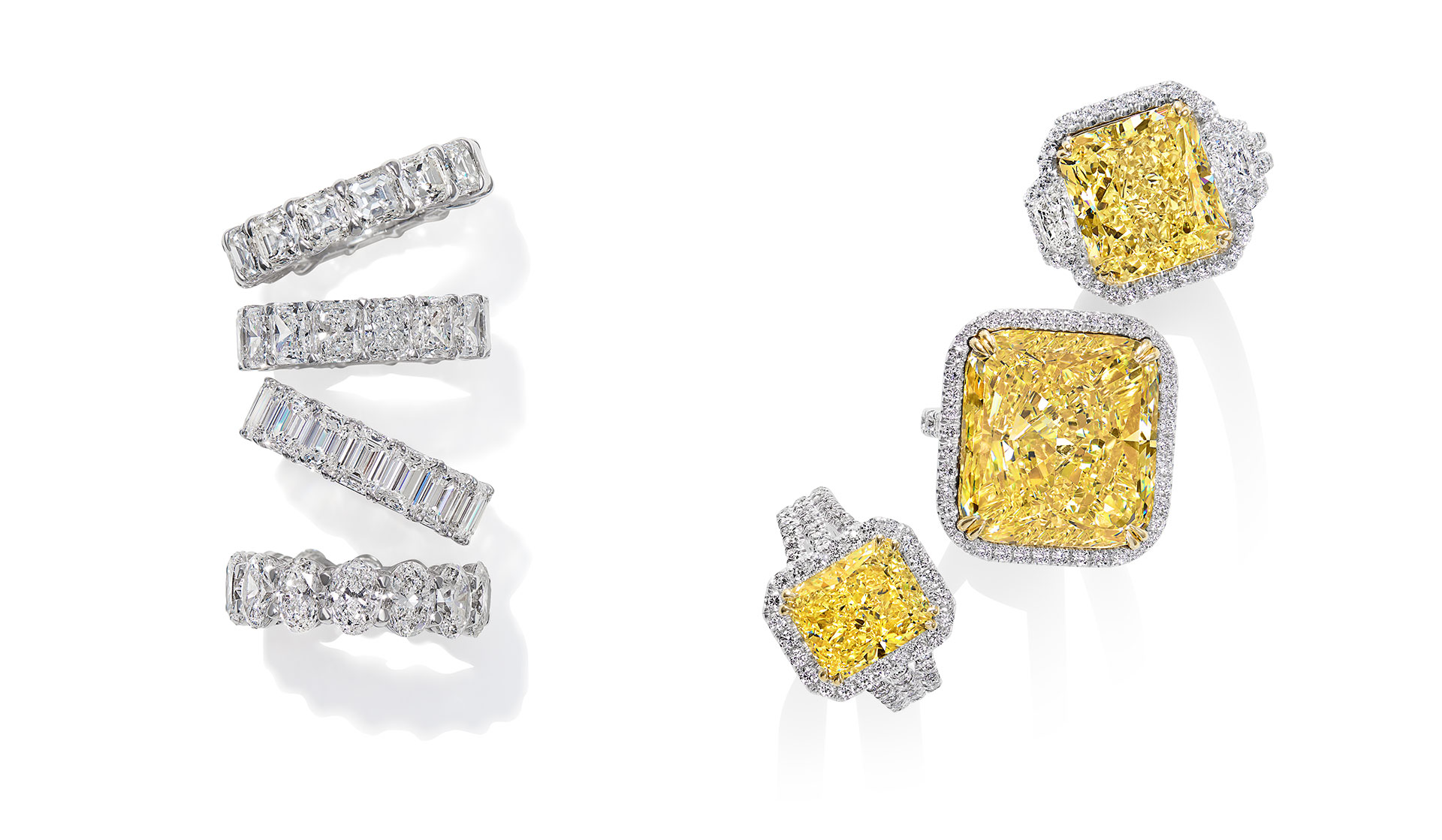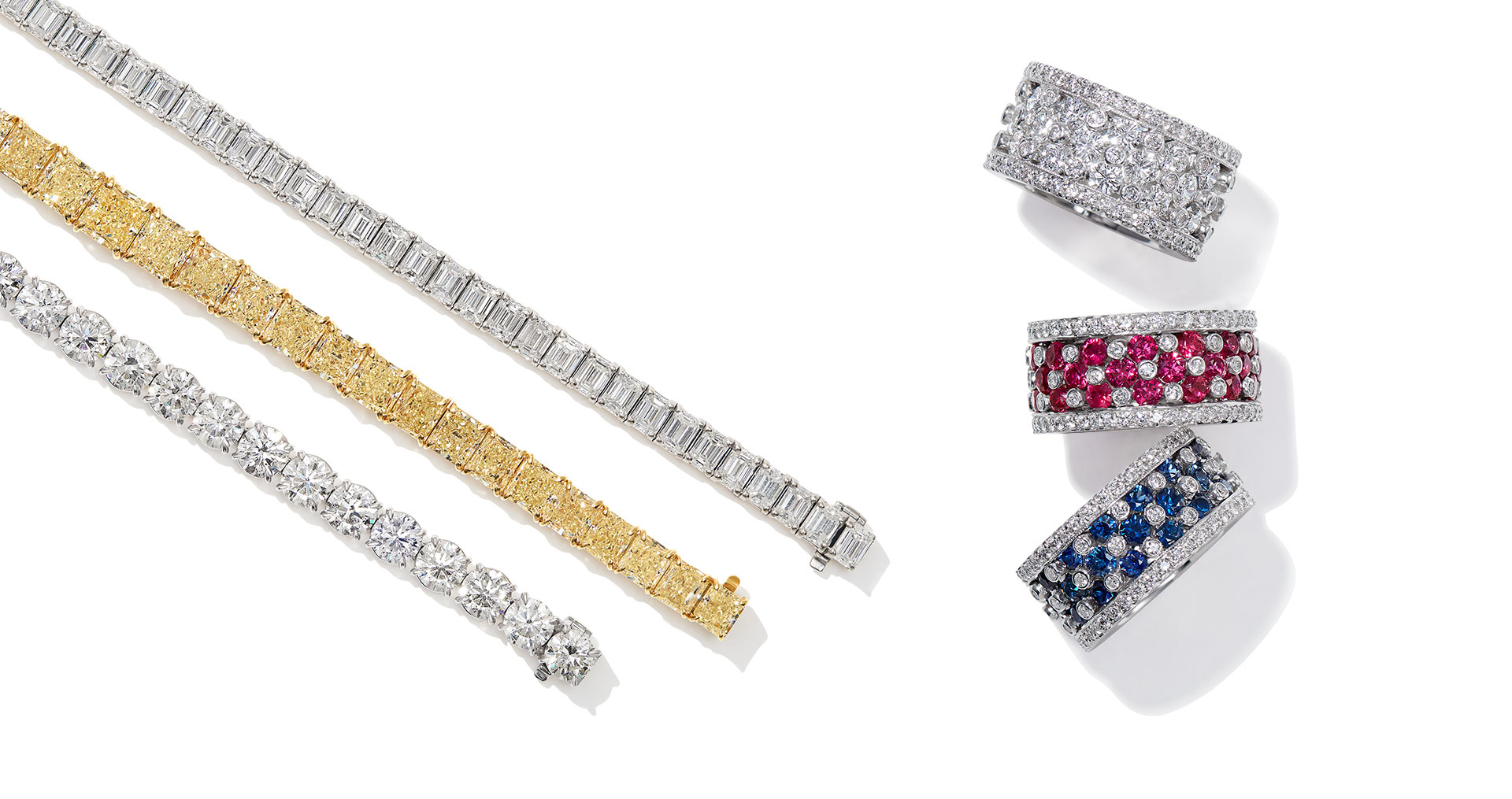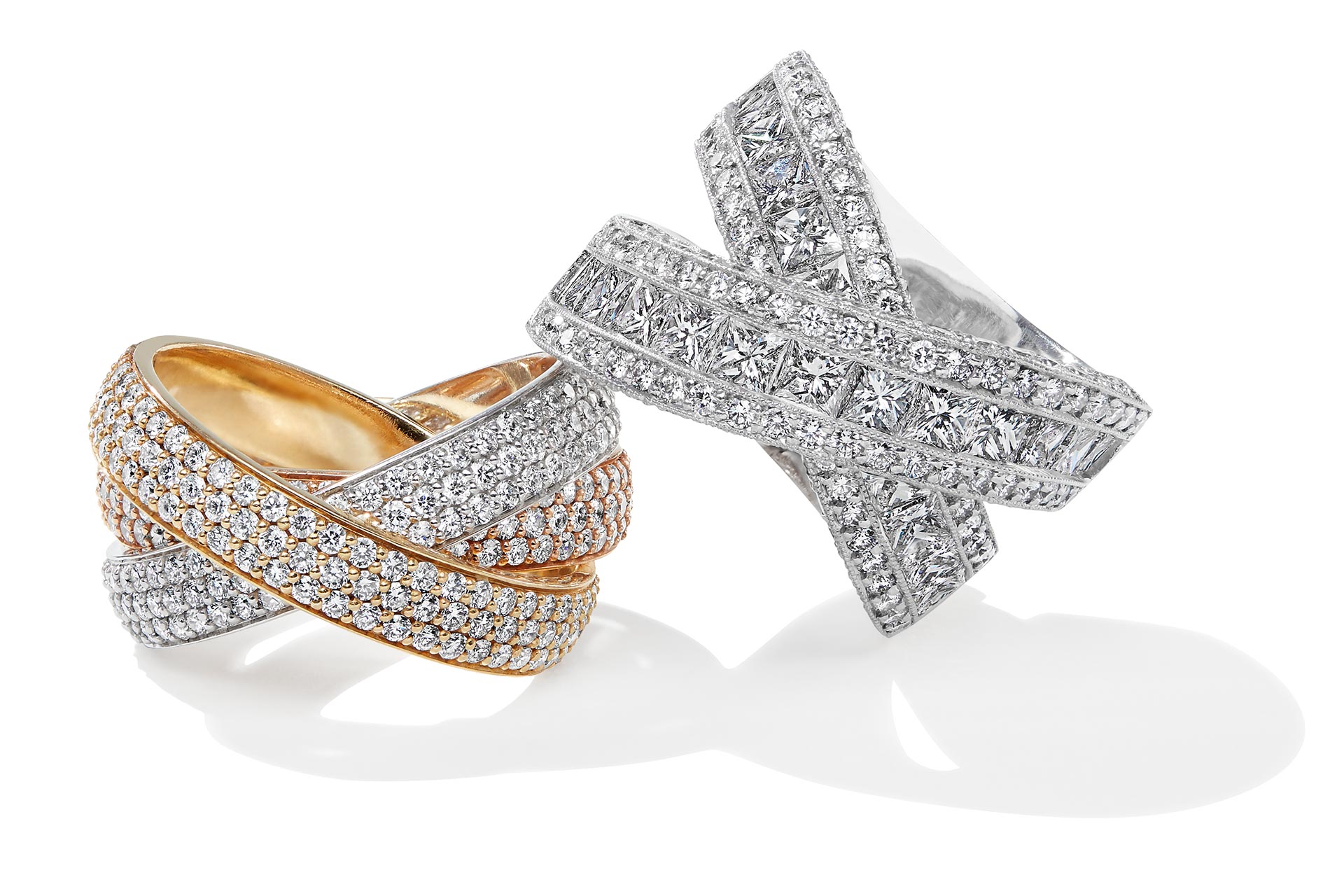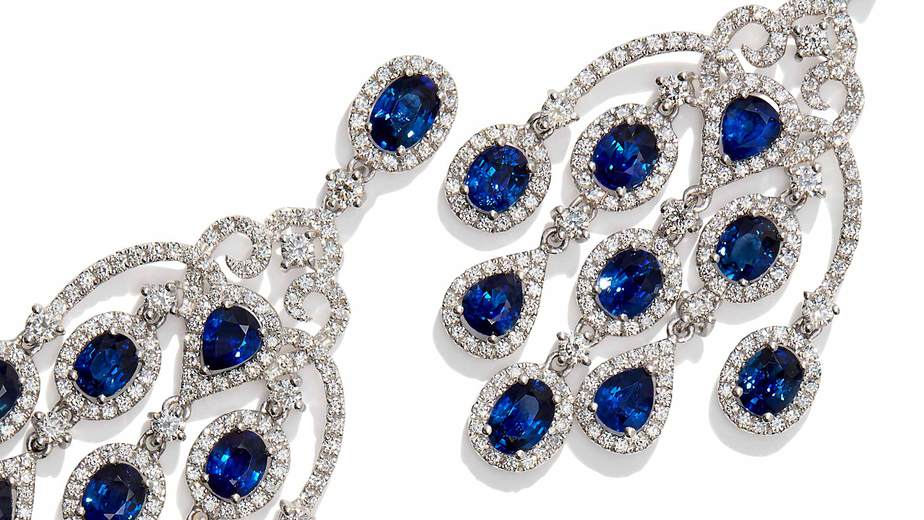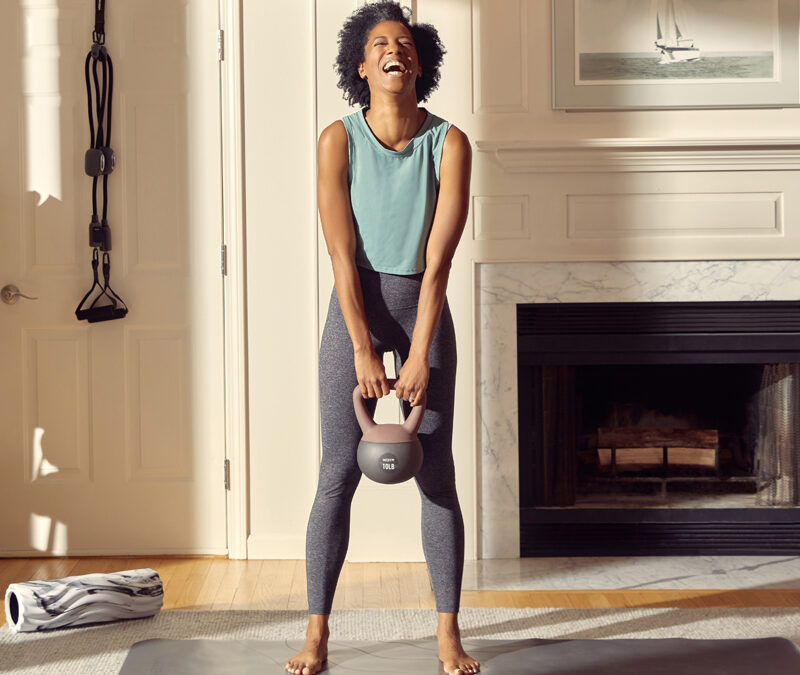
How to get a Photography Quote
Bellow is a step by step process walking through how to organize your information to get a photography quote that will be accurate to what you need.
One of the things I am massively grateful for is that my website has a lot of organic leads and people contact me from around the world asking about photography. Not only does it provide opportunity to work with all kinds of businesses and meet lots of amazing folks, it also lets me take a peek at what are commonly asked questions. Often emails come in with messages that are quick and to the point:
“Can I get your rate for a photoshoot please?”
“How much does photography cost, I have a product I need photos for?”
It’s awesome to have anyone reach out for any reason, but the answer I give is always the same:
“I need to know a lot more about what you are asking in order to give you a quote that is even slightly accurate” Otherwise, I can only offer a day rate as a starting place. But I take smaller projects and don’t have a full day rate as my minimum, so even that is already inaccurate.
To try and assist folks, I created a quick step by step guide on how to get an accurate quote for photography (or any other visuals from an artist). I wanted to include that this applies to all kinds of visual creators as my author sister has pointed out that hearing me talk about what I need from people in order to get them what they want has translated to her illustrators who do her cover art and that when she implements these steps she has far less revisions and saves on her cover art design.
So here it goes!
Getting a quote for photography:
Step 1:
Identify your needs.
Start with a list of the photography/visual “holes” you need to fill. This can be anything from “a year’s worth of social media posts” to “product shots for each item we sell on our website” and “a full media package with all of the above plus ad campaign shots for advertisements and PR”.
Look at the following places:
- What do you need on your website: product photos, banner, category, & intro photos? etc.
- What do you need for social media?
- What do you need for print materials and what are they?
- What do you need for marketing materials?
- Where is every place you anticipate needing an image from this shoot?
Note where images can be used more than once from the above list
Step 2:
Identify your budget -if you have one. This will quickly control what you can and cannot afford to do. A lot of items will either be on or off the table based on this number.
Step 3:
Identify the creative direction.
If you don’t have a brand voice and vision yet, getting one ready before getting visuals creates a higher likelihood you’ll be using the visuals for longer. Ideally you will have visuals to review for your project. Ultimately, someone, somewhere along the way, will need to decide what the visuals from your shoot will look like. The ideal person to do this is someone who knows your company, your branding, your target market, and your budget.
Be as specific as possible. There are fabulous creative directors out there who can be hired to do this for you with your company’s branding. You can hire the photographer or visual artist to consult with you on this as well but it’s not a good idea to assume just hiring an artist whose work you like will result in images that connect with your customers/audience the way you need them to.
Try and be specific about:
- Composition and framing (horizontal, vertical, etc.
- Lighting/mood
- set/environment/studio setting
- Camera angle to subject
- props/additional items in each visual
- Talent with their desired interaction, specific appearance, etc. identified
Step 4:
Create the Shot List.
Combining the list of needs with the list of what each image should look like is called a “Shot List”. Handing a photographer a complete shot list will help the estimate they provide be accurate.
Visual artists will review the above info and estimate: how much time it should take to create the visuals? What the costs might be to make sure everything needed is available in the visuals? etc.
If the estimate comes back in and it’s out of budget, this is a great time to have a conversation that starts like this: “unfortunately, that shoot is out of our budget of $_____. What could be trimmed down/adjusted to get this into the budget for us? Here are our most important visuals we don’t want to cut ____(list most important items on the shot list)___.” -this is why at the end of step 1 you created a list of what can be used more than once. Reusing images are an easy place to cut shots and costs.
Conclusion:
Asking a visual artist to give you a quote without providing specifics like “how many images are you expecting?” and “what should these visuals look like” means you will have a quote for something that might not be what you want or need.
Your job is to identify & share with your visual artist what you need and what it should look like. That job can be hired out to someone who will be able to learn your company and assist in finding those for you.
Visual artists do have a style that you can see on their website but many of us don’t only create in those styles. We adjust our images to match what the client needs. Often our portfolio/website/instagram represents a blend of our work and a client’s desires. There is no guarantee that the visuals we deliver will match your expectations without you sharing what those expectations are.

